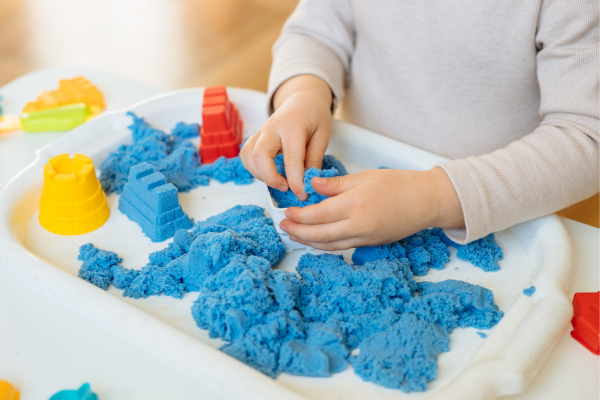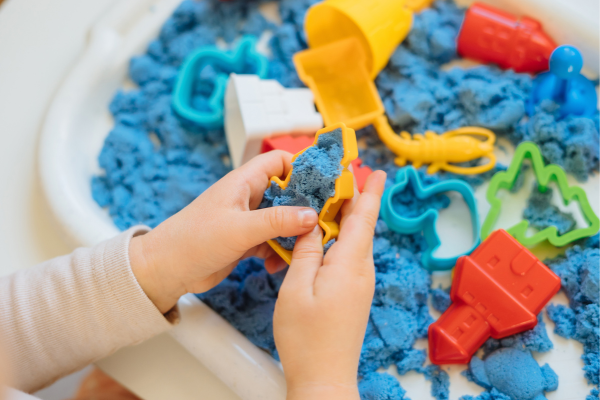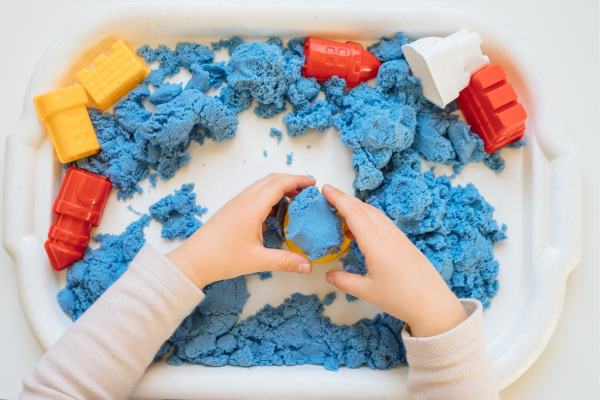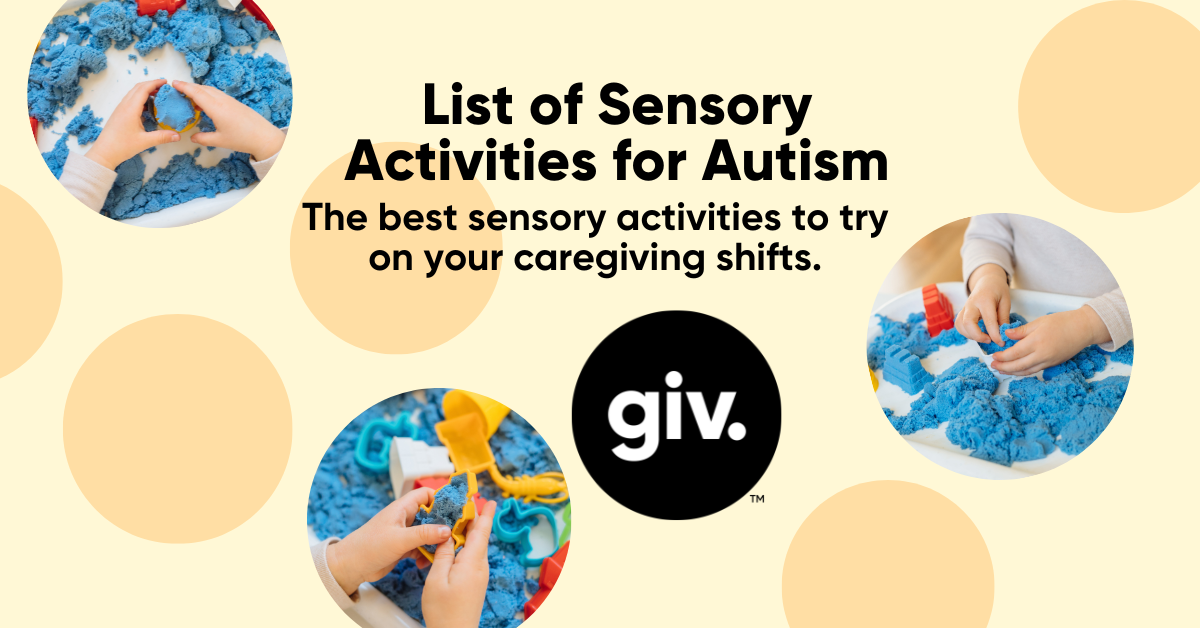When it comes to providing a supportive environment for individuals on the autism spectrum, engaging in sensory activities can play a crucial role. This comprehensive list of sensory activities for autism offers a variety of strategies to stimulate the senses, promote sensory integration, and enhance overall well-being. Whether you are a parent, caregiver, or educator, these family-friendly activities are designed to create meaningful and enjoyable experiences for individuals with autism.
Sensory Bins:
Sensory bins are a great way to engage the senses and encourage tactile exploration. Fill a large container with materials like rice, sand, water beads, or dried beans. Add scoops, cups, and different textured objects for added interest. Children can dive their hands into the bin, feel the textures, and practice pouring and transferring the materials.
Sensory Walks:
Take a sensory stroll outdoors and explore the wonders of nature. Encourage the individual with autism to touch tree bark, feel different types of leaves, listen to the sounds of birds chirping, and take in the scents of flowers. This sensory-rich experience provides a calming effect while fostering a connection with the environment.
Sensory Art:
Engage creativity while stimulating the senses with sensory art activities. Finger painting with non-toxic paints allows individuals with autism to explore different colors and textures. They can also try sensory collages using materials such as fabric, feathers, and textured paper. These activities promote self-expression and provide a sensory experience through touch and visual stimulation.

Sensory Music:
Listening to music and engaging in musical activities can have a positive impact on individuals with autism. Create a sensory music corner with various musical instruments like drums, shakers, and xylophones. Encourage the individual to explore different sounds, rhythms, and vibrations. Singing and dancing to favorite songs can also provide a sensory experience while promoting communication and social interaction.
Sensory Playdough:
Playdough offers endless possibilities for sensory exploration. You can make homemade playdough with ingredients like flour, salt, water, and food coloring. Adding scents like vanilla or essential oils can further enhance the sensory experience. The individual can squeeze, roll, and mold the playdough, stimulating their sense of touch and providing a calming sensory activity.
Sensory Water Play:
Water play is a favorite sensory activity for many individuals with autism. Fill a sensory table or a large basin with water and add various objects like cups, funnels, and sponges. Incorporating different temperatures, such as warm or cool water, can further enhance the sensory experience. Water play helps develop fine motor skills, encourages exploration, and provides a soothing sensory input.

Sensory Tactile Bags:
Create sensory tactile bags by filling resealable plastic bags with different materials. You can include items like rice, cotton balls, feathers, or buttons. Seal the bags securely and allow the individual to explore the textures through touch. Tactile bags provide a portable and mess-free sensory experience that can be easily customized to meet individual preferences.
Sensory Balloon Play:
Balloons can provide a fun and interactive sensory experience. Fill balloons with different materials such as rice, sand, or flour. Encourage the individual to squeeze, toss, or catch the balloons, stimulating their sense of touch and proprioception. Always supervise balloon play to ensure safety.
Sensory Scavenger Hunt:
Create a sensory scavenger hunt by hiding objects with different textures around the house or outdoor space. Provide a list of items to find, such as something soft, something rough, or something smooth. The individual can search for the items, engaging their senses and promoting exploration.

Sensory Calming Corners:
Designate a sensory calming corner in your home or classroom, providing a safe space for relaxation and self-regulation. Include items like soft cushions, weighted blankets, stress balls, and fidget toys. The individual can retreat to this calming corner when feeling overwhelmed or needing a sensory break.
This list of sensory activities for autism offers a wide range of engaging strategies to stimulate the senses, promote sensory integration, and enhance overall well-being. By incorporating these family-friendly activities into daily routines, caregivers and educators can create meaningful and enjoyable sensory experiences for individuals on the autism spectrum. Remember to tailor the activities to individual preferences and always prioritize safety and supervision.






